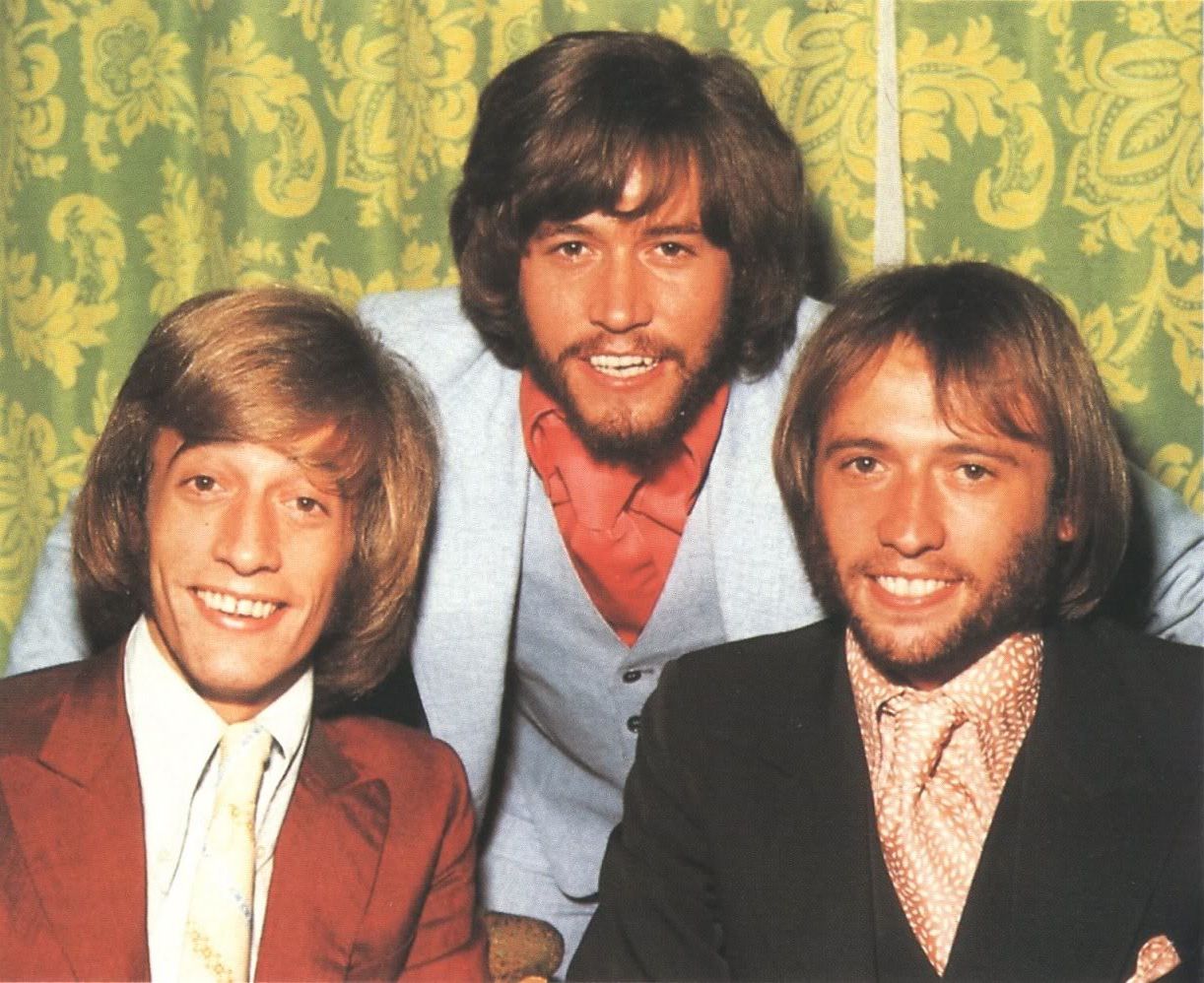
The Pulse of a Generation: Disco’s Heartbeat Immortalized in Sound and Sweat
When the Bee Gees unveiled their music for Saturday Night Fever in 1977, they did far more than craft a soundtrack—they redefined the cultural tempo of an era. The songs anchored the film of the same name and propelled its accompanying album, also titled Saturday Night Fever, to astronomical success. The soundtrack topped charts across the globe, holding the No. 1 position on the Billboard 200 for an astonishing twenty-four consecutive weeks. It became one of the best-selling albums in history, an emblem of the disco movement’s peak and, simultaneously, its perfection. What began as a cinematic companion blossomed into a full-blown cultural event, with the Bee Gees—Barry, Robin, and Maurice Gibb—emerging as disco’s undisputed architects of rhythm and desire.
At its core, Saturday Night Fever is not merely about dancing—it is about escape. The late 1970s found America weary from economic malaise and social disillusionment, and the dance floor became a sanctuary where identity could be remade under flickering lights. The Bee Gees captured that longing with uncanny precision. Their falsetto harmonies shimmered like neon reflections on polished tile; their grooves carried both ecstasy and melancholy. Each track on the album pulses with emotional urgency—the yearning to transcend monotony through movement, to assert one’s vitality against the gravity of daily struggle.
The music itself represents an apex of studio craftsmanship. Layered basslines by Maurice Gibb interlock with crisp guitar riffs and Barry Gibb’s unmistakable falsetto—a sonic architecture that feels both aerodynamic and intimate. The rhythm section functions almost as a heartbeat, propelling listeners forward while inviting introspection in its quieter corners. Beneath the glittering veneer lies the ache of ambition and isolation: Tony Manero, John Travolta’s character in the film, dances not just for pleasure but for survival. In that sense, every shimmering note becomes a testament to resilience—a declaration that artifice and authenticity can coexist on the same mirrored floor.
Lyrically and musically, the Bee Gees distilled disco’s essential paradox: liberation achieved through repetition. Their melodies spin endlessly but never stagnate; their choruses ascend toward euphoria yet remain tinged with longing. That tension—between freedom and confinement, between light and shadow—is what gives Saturday Night Fever its enduring power. Decades later, those rhythms still command bodies to move, but they also whisper something deeper to the soul: that joy, no matter how fleeting, is worth chasing beneath every flicker of fading light.
In this way, Saturday Night Fever transcends its genre to become an artifact of emotional archaeology—a record not just of beats per minute but of hearts in motion.